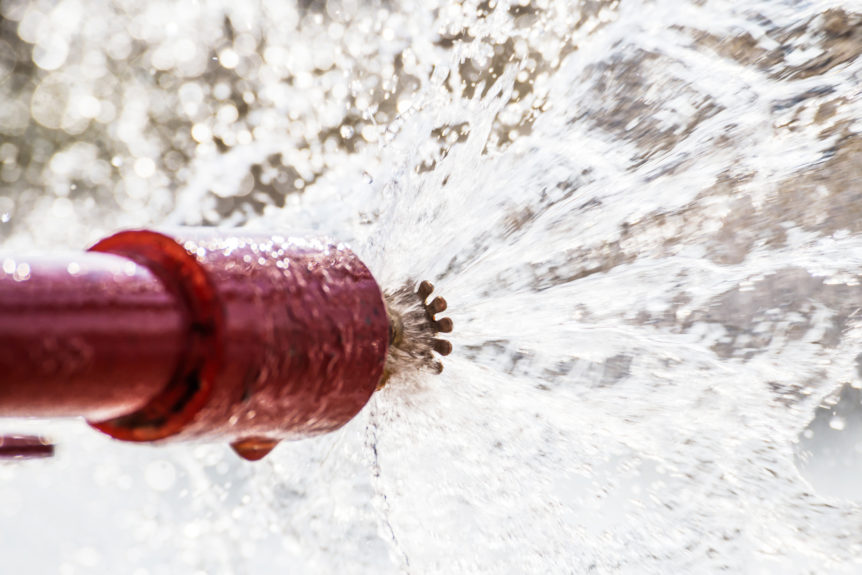Fire sprinklers are often your first line of defense against the potential devastation — or even fatal consequence — of a commercial or workplace fire.
However, if you fail to conduct the correct kind and amount of fire sprinkler inspections, your sprinklers could prove insufficient to defend your property. Without proper inspection of your life safety systems, you could be putting everyone who walks through your doors at serious risk.
In fact, nonresidential fires have been reported by FEMA to regularly cause approximately 85 deaths and over 1,000 injuries within the spans of a single year.
But why exactly do you need a sprinkler system inspection? And how often should one occur to avoid fines and danger?
Read on to find out.
Why a Fire Sprinkler System Inspection Matters
Aside from the obvious (that fire sprinkler inspections will save lives and prevent injuries), a proper inspection schedule can also save you from having to pay hefty fines if you are caught not abiding by official regulations — and it may even help to extend the life of your current system.
These inspections ensure that your sprinklers are still working properly, that no obstructions have shifted in the way of the system, and that your pressure gauges are reading correctly.
The tests will also make sure that your valves are working as intended, remain in good standing, and none are currently suffering from damage, leaks, corrosion or other disrepair.
These might seem like small details, but they can make an enormous difference.
How Often to Conduct a Sprinkler System Inspection
The unfortunate truth is that so many people just aren’t aware of how often you truly do need to conduct sprinkler and system inspections.
If you have a deluge system, you may need to inspect it as often as once a week to make sure the gauges are properly calibrated. If you have a wet pipe system, you can check these gauges quarterly.
Each quarterly inspection includes the test and inspection of the water flow alarm systems. This process also consists of ensuring that the system’s control valves are working well and verifying that all hydraulic nameplates remain readable.
Once every three months, the supervisory signals within the system must also be inspected to ensure proper functionality.
Additionally, it is the annual responsibility of a property owner to make sure that all spare sprinklers, signage, and fittings and pipes remain in their proper places. A minimum of once every year, a professional must be contracted to inspect the hangers and seismic bracing of your system as well.
As for assessments of your pipe and your quick response sprinklers, the time frames between inspections are much longer. Luckily, pipe assessment are only required once every five years and in general, you can expect to you have your quick response sprinklers tested once every 20 years or 10 years if they’re dry sprinklers.
Are You in Need of Commercial Fire Sprinkler Inspections?
We hope that this post has helped you to remember not only the importance of fire sprinkler inspections, but also how often they need to happen.
When it comes to the safety of your employees and customers, you can’t rely on anything less than the best, which can make the long list of requirements seem so daunting.
That’s where we want to help you.
At Crisp-LaDew, we’re committed to providing you with the highest quality inspections of your property’s essential fire and life safety systems as possible.
Get in touch with us today to schedule your inspection.

